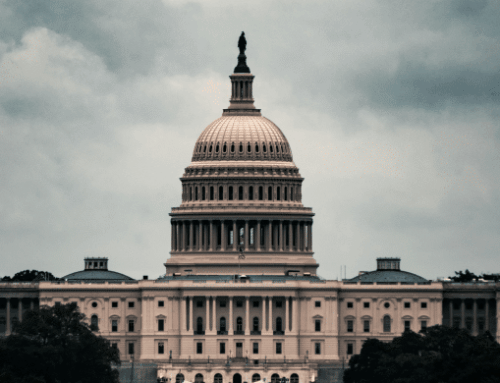For all of the debt ceiling showdowns, fiscal commissions and super committees, details of federal budget drama can seem boring to the average voter and reader of the news. But it is the details that tell the story of what Congress is trying to do, why it is so difficult to find agreement and why it matters.
This spring, the best example of that is the back and forth between the chambers of Congress and the administration about the Overseas Contingency Operations account, a tool I think is little more than a slush fund, insulating the Pentagon from the effects of the budget caps Congress agreed to when it passed the Budget Control Act in 2011. The idea behind the Overseas Contingency Operations account is just like it sounds – an account for overseas contingencies. And because of the “contingent” nature of these expenses, the account is not subject to spending caps.
But much of the money placed in that account is actually for “base budget” functions and should be funded there, where it is subject to spending caps Congress set. After all, no other federal department is offered the same opportunity to pay for major programs “off-budget.”
When the details of the Pentagon’s latest budget request were made public, the fiscal year 2016 Overseas Contingency Operations request for the Pentagon was $50.9 billion, a decrease of $13 billion from last year. But the president then provided $38 billion more in “base budget” funding than was legally allowed under the caps. For fiscal conservatives everywhere, this was cause for major concern.
The House Budget Committee then came up with an overreach of its own: Increase the slush fund from $50.9 billion to $94 billion. Yes, you read that right. The House wants to put $94 billion in the Overseas Contingency Operations account, and off-budget, to avoid the Budget Control Act caps. That would be the most Overseas Contingency Operations spending since fiscal year 2012, and more than half the amount the Pentagon received for Overseas Contingency Operations funding in fiscal year 2008 ($186.9 billion) in the midst of “the surge” when the U.S. was actively engaged in two shooting wars.
Moving across to the Senate Budget Committee, the drama continued. The proposal by Senate Budget Committee Chairman Mike Enzi, R-Wy., funded Overseas Contingency Operations at the level requested by the president, $50.9 billion for the Pentagon (and $7 billion for the State Department). And while it hewed to the caps, it also left open the possibility to get more cash for the Pentagon (and non-defense agencies) if deficit-neutral legislation were to be enacted later for that purpose.
This Senate starting point was evidently not enough for some, and lawmakers amended the proposal. The final bill that came out of the Senate Budget Committee took a page from across the Capitol and increased Overseas Contingency Operations to $94 billion.
Let’s be perfectly clear about what the House and Senate are doing: trying to squirm out of the Budget Control Act caps and use national security as a fig leaf for an insatiable appetite for Pentagon spending. And the Budget Control Act, although much maligned, was agreed to by bipartisan majorities in the House and the Senate and signed into law by the president less than four years ago. This scheme is an insult to taxpayers who were promised $1.2 trillion in deficit reduction over 10 years. No one pretends the Pentagon needs nearly $100 billion to prosecute war-fighting activities in fiscal year 2016, not even the Pentagon itself. This is just a gimmick that shirks lawmakers’ responsibility to come up with fiscally sound solutions.
So now keep an eye on the two next steps in the budget cycle.
First, the House and Senate Budget Committees will work out the differences between their two versions of the Budget Resolution. One key difference is that the Senate bill has a so-called “point of order” against the huge increase in Overseas Contingency Operations spending which would allow it to be stricken with a simple majority vote. That provision should be part of the compromise bill.
Second, the House Armed Services Committee will begin its consideration of the Pentagon policy bill. How that committee allocates the extra $94 billion in Overseas Contingency Operations funding is the next marker on this road. For those keeping track, if Overseas Contingency Operations was a separate agency, it would now be the second largest federal agency in the discretionary budget – second only to, wait for it, the Pentagon!










